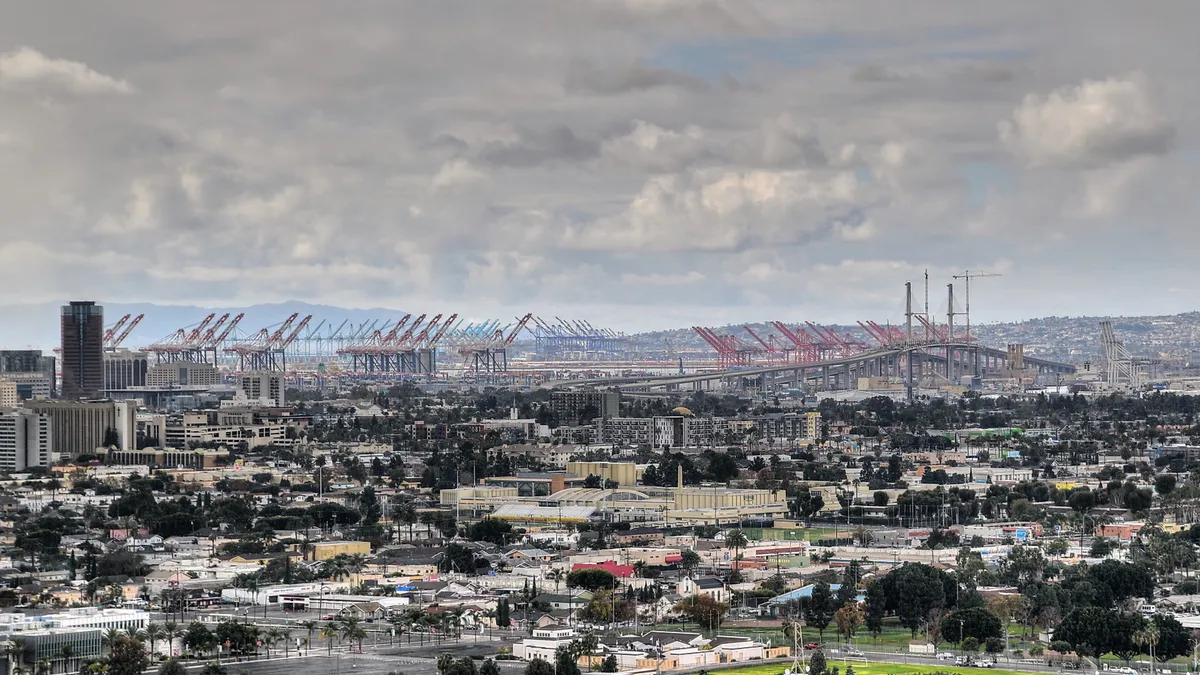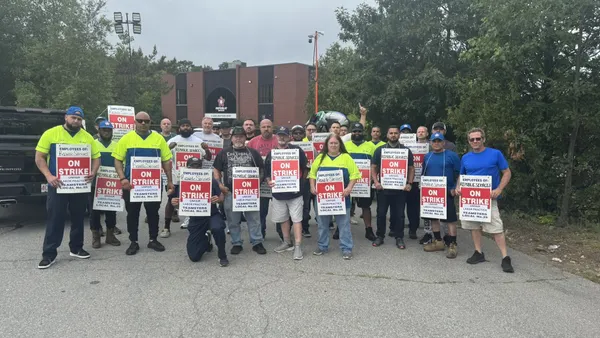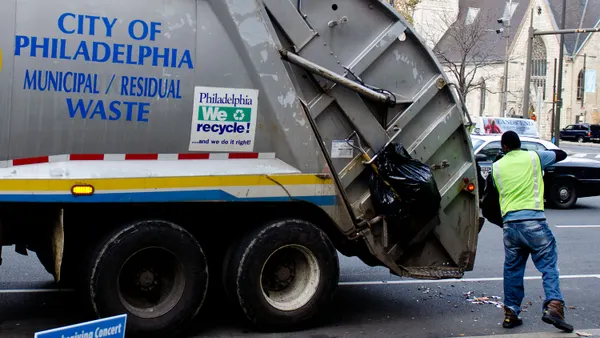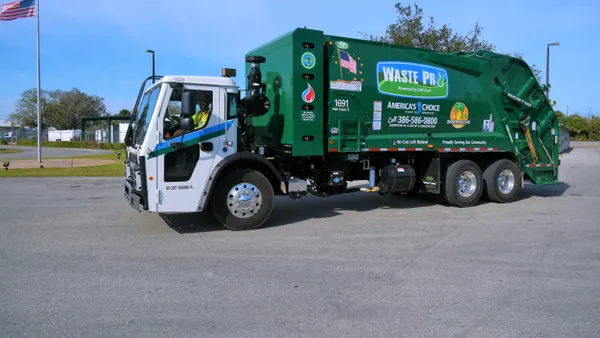Dive Brief:
- Long Beach, California, has dropped many #3-7 plastics from curbside collection. Instead, the city is introducing an item-specific recycling program that avoids using numeric designations and directs residents to recycle specific types of items such as milk jugs, water bottles and cereal boxes.
- The Long Beach Public Works Department said it would prefer to not go back-and-forth with recycling guidelines too often, as frequent changes can cause confusion. So after a few years of no new markets appearing for certain plastics — and no options on the horizon — the city decided it was worth re-educating residents about collection protocols.
- The decision mainly affects mixed plastics, but also includes other resin types. Items like plastic cups, cartons and takeout containers will no longer be accepted. The Public Works Department hired a marketing team to help design public messaging around the new guidelines, which the city said will roll out in English and Spanish soon. For now, how-to workshops are available in both languages on the department's website.
Dive Insight:
Long Beach, California, held out as long as they could on dropping lower-value plastics. After international trade changes shook up plastic markets a few years ago, “we were hoping that local markets would somehow appear,” said Diko Melkonian, Public Works deputy director and bureau manager.
Through meetings with Waste Management and Potential Industries, the city’s contracted hauler and MRF, city employees learned those markets likely weren’t going to appear in the near future. At the same time, some of the disposal-bound products were amplifying contamination issues for more viable materials, Melkonian said.
If the city wanted to collect only the items with post-consumer markets and ensure they were high quality, Long Beach would have to leave number-based protocols behind. While some PET products like water bottles made sense for collection and processing, takeout containers (PET or otherwise) did not, according to Melkonian.
Other California cities have kept materials that Long Beach is cutting out as they work toward waste diversion goals. Sacramento re-introduced multiple types of plastics back in 2018 after temporarily cutting a number of items following initial market shifts. Melkonian and others in his department spoke with neighboring communities before making the changes, some of which might have a wider range of plastic markets depending on what customers are nearby.
“I don’t think there’s a right or wrong, but you need to do what suits your community,” Melkonian said, “and I think for us this serves our community best.”
Though Long Beach might be one of the latest of multiple cities to drop certain plastics in response to changing international trade rules, the size of the national shift away from plastics #3-7 in particular is overstated, said Association of Plastic Recyclers President Steve Alexander. Still, if communities and businesses are finding no buyers for various materials, he recognized something needs to change. Instead of phasing out resins because of lacking markets, Alexander said it’s important to build up those customer bases — possibly with brand commitments to use more post-consumer resins. Technology to improve sorting methods is another priority.
Alexander also thinks brands could do a better job of designing packaging for recycling. APR's design guide exists to make this kind of planning easy for manufacturers, which sometimes churn out options that may confuse consumers. “When you get a container with a foil lid and plastic container, or a plastic bottle and aluminum cap, who is to know what to do?” said Alexander.
Even as Long Beach tries to only collect items that will have viable markets, some degree of consumer confusion is seen as inevitable.
“We have to be prepared for some people to think we’re going backwards,” Melkonian said, “when in reality, we’re just correcting for what the markets are doing now."










